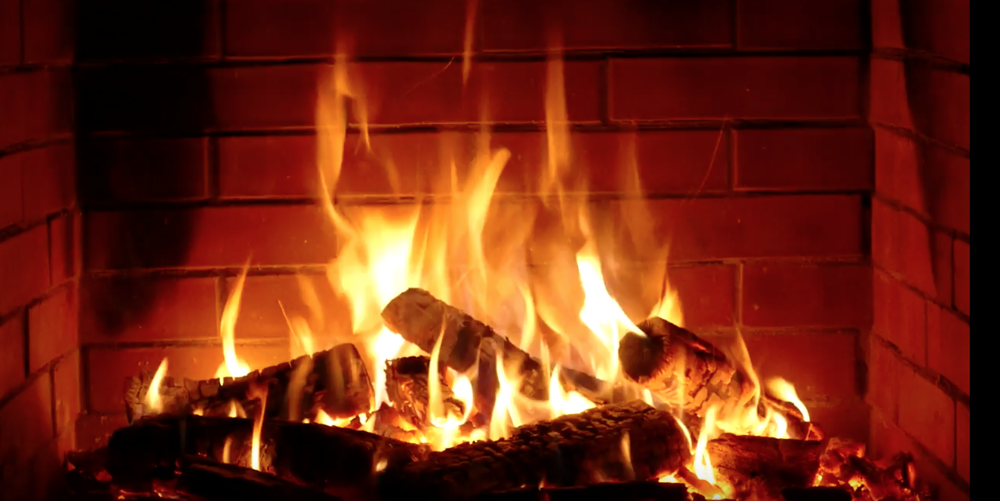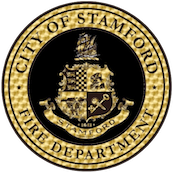More than one-third of Americans use fireplaces, wood stoves and other fuel-fired appliances as primary heat sources in their homes. Unfortunately, many people are unaware of the fire risks when heating with wood and solid fuels.
Heating fires account for 36% of residential home fires in rural areas every year. Often these fires are due to creosote buildup in chimneys and stovepipes. All home heating systems require regular maintenance to function safely and efficiently.
The United States Fire Administration (USFA) encourages you to practice the following fire safety steps to keep those home fires safely burning. Remember, fire safety is your personal responsibility …Fire Stops With You!
Keep Fireplaces and Wood Stoves Clean
- Have your chimney or wood stove inspected and cleaned annually by a certified chimney specialist.
- Clear the area around the hearth of debris, decorations, and flammable materials.
- Always use a metal mesh screen with fireplaces. Leave glass doors open while burning a fire.
- Install stovepipe thermometers to help monitor flue temperatures.
- Keep air inlets on wood stoves open, and never restrict air supply to fireplaces. Otherwise, you may cause creosote buildup that could lead to a chimney fire.
- Use fire-resistant materials on walls around wood stoves.
Safely Burn Fuels
- Never use flammable liquids to start a fire.
- Use only seasoned hardwood. Soft, moist wood accelerates creosote buildup.
- Build small fires that burn completely and produce less smoke.
- Never burn cardboard boxes, trash or debris in your fireplace or wood stove.
- When building a fire, place logs at the rear of the fireplace on an adequate supporting grate.
- Never leave a fire in the fireplace unattended. Extinguish the fire before going to bed or leaving the house.
- Soak hot ashes in water and place them in a metal container outside your home.
Protect the Outside of Your Home
- Stack firewood outdoors at least 30 feet away from your home.
- Keep the roof clear of leaves, pine needles and other debris.
- Cover the chimney with a mesh screen spark arrester.
- Remove branches hanging above the chimney, flues or vents.
Protect the Inside of Your Home
- Install smoke alarms on every level of your home. Test them monthly and change the batteries at least once a year. Consider installing the new long life smoke alarms.
- Provide proper venting systems for all heating equipment.
- Extend all vent pipes at least three feet above the roof.


